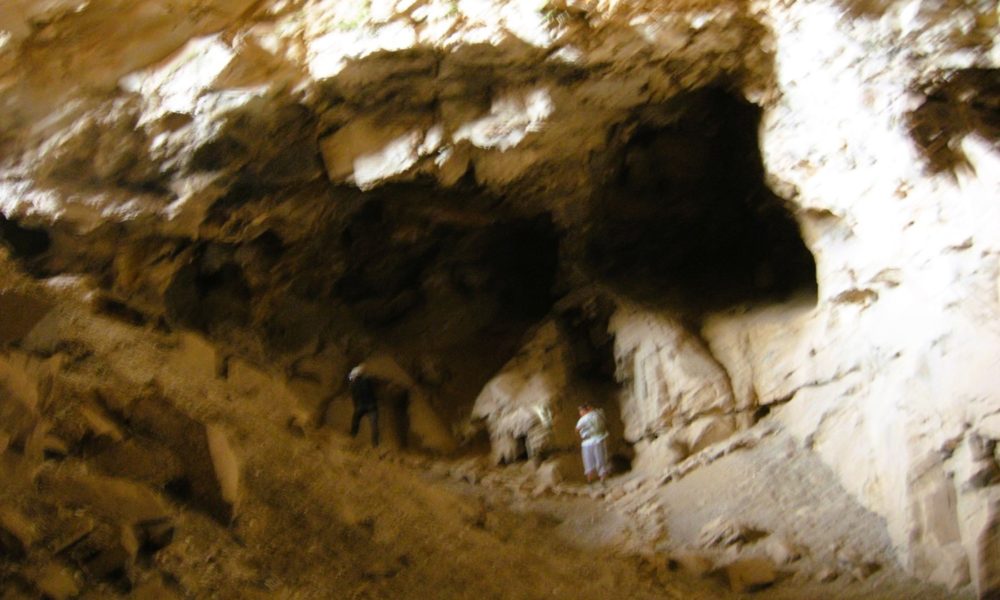The Khoid Tsenkher Cave is 2100-2400 meters above sea level, 25 km west of the center of Mankhan Sum, Khovd province. It is made of carbonate rock or white-gray calcareous marble, the height of the inner walls is 15 meters, from floor to ceiling is 20 meters, and the ceiling is concave from the inside to the outside. If you see that the walls of the cave are blackened by the flames, it shows that people have been living in the cave for a long time.
In addition, there are 40,000-year-old petroglyphs on the walls. The images were struck with a flint chisel and then painted with red goblet and earth paint. Various animals are painted on the walls and roof of the cave, including ostriches, turkeys, cranes, camels, lions, mastodons, big-horned buffaloes, pronghorn antelopes, snakes, and fir-shaped trees. It was painted with thick red and light inks, some animals were depicted in layers on top of each other, and some animals were depicted with dots with many spots.
If you look at the animals depicted, they are animals that lived in Mongolia in the early days and disappeared, so the painting belongs to the old stone age. This image confirmed the hypothesis that lions and mastodons lived in Mongolia.
Archeological Study
In 1998, a joint study of the University of Mongolia and the branch school in Khovd found 70 percent of the remains of a lion and elephant in Teserkhii, Buultiin Spring, Durgun Sum area, and confirmed that the animal was in Mongolia. As monuments belonging to the Old Stone Age are quite rare in Mongolia, the paintings of Khoid Tsenkher Cave are considered an important find. Considering that the depicted animals lived in Mongolia, it testifies that the current Mongolian territory had a warm climate at that time. The Khoid Tsenkher Cave is so named because it is located near the bank of the Tsenkher River in Hovd Province.
It is also called the “Three Tsenkher Cave”. It is because the three rivers of South Tsenkher, Middle Tsenkher, and North Tsenkher, originating from the back of the Mongolian Altai Mountains, converge in the center of Mankhan Sum. A large group of archaeologists studied it in detail.
Scientists have concluded that “the beginning of Asian art was in Central Asia, Mongolia.” In 1996, the monument of Khoid Tsenkher Cave was registered as a World Heritage Site by UNESCO under the category of “Wonderful World Heritage”.

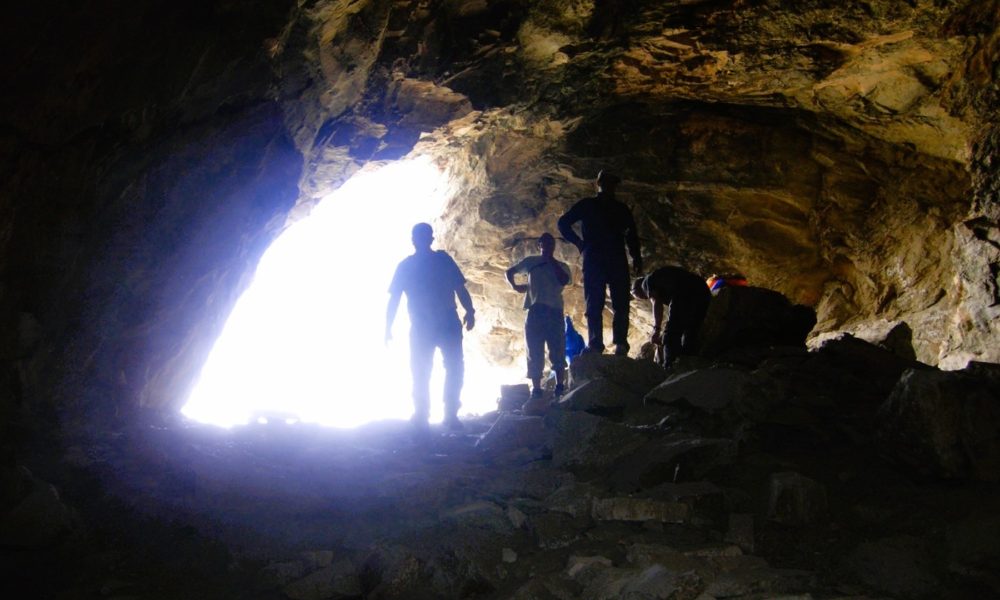
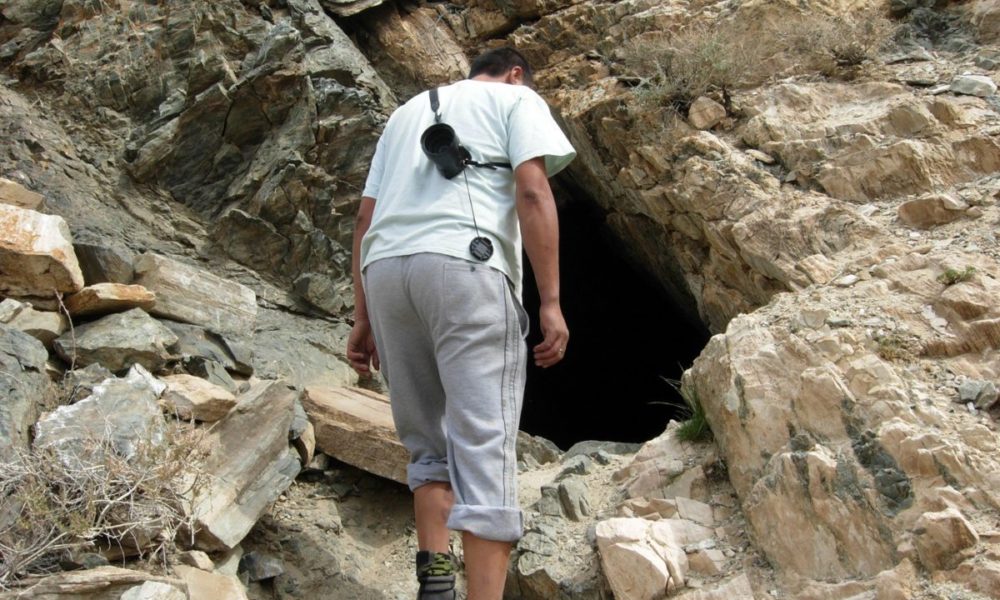
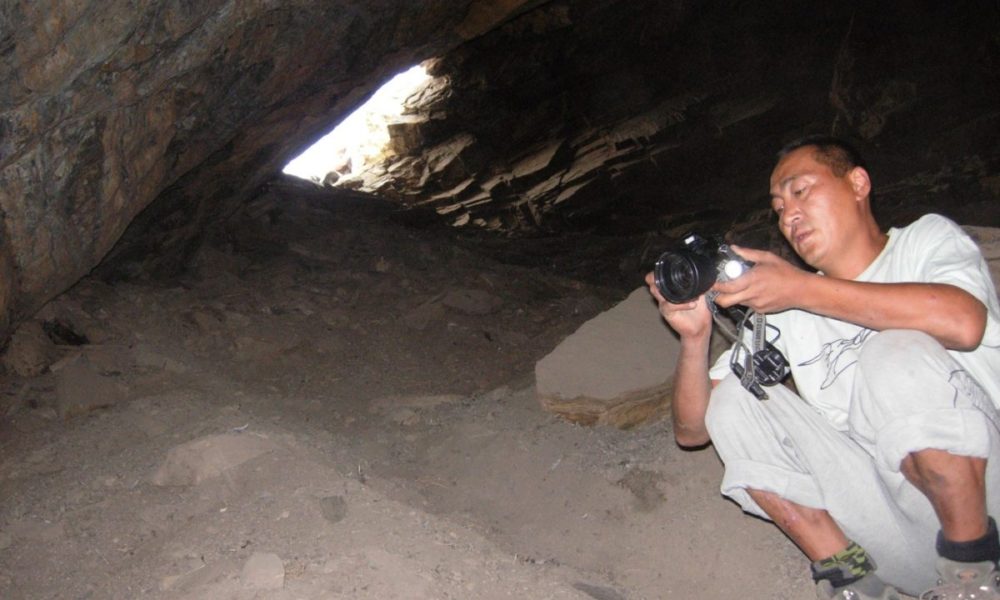
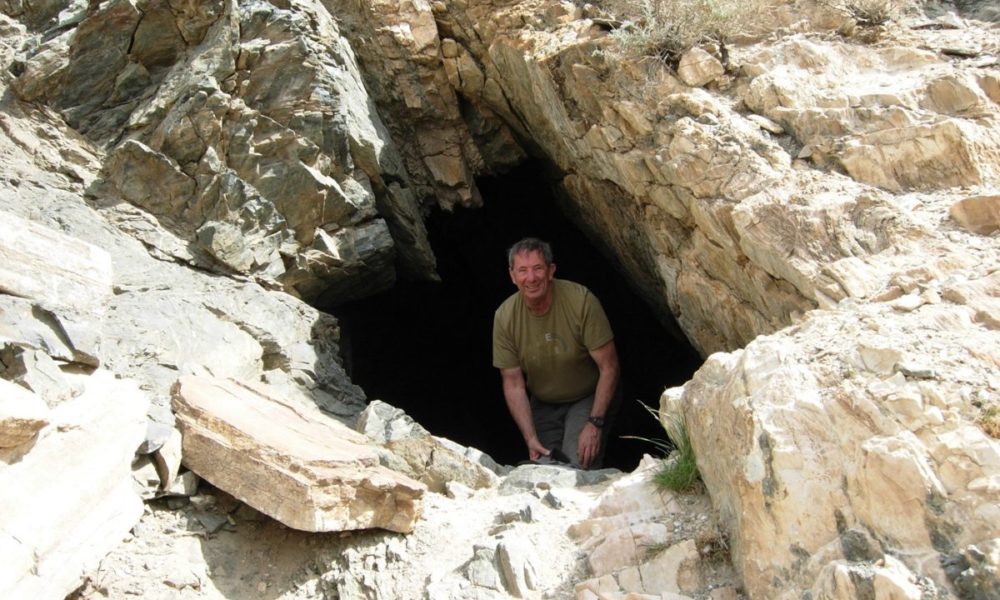
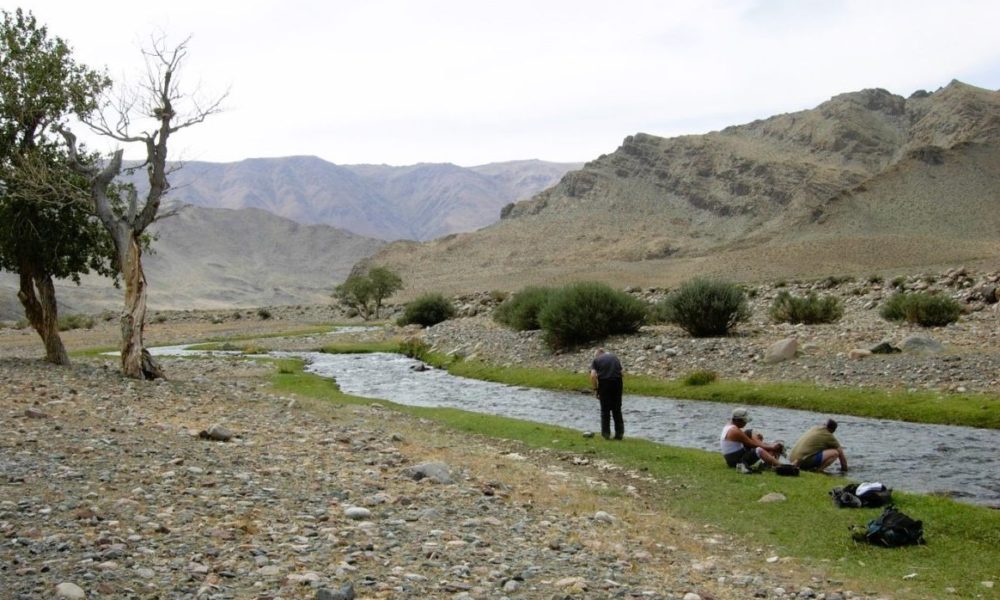

![[021177] Khoid Tsenkher cave](https://bumantourmongolia.com/wp-content/uploads/2024/03/021177-1000x600.jpg)
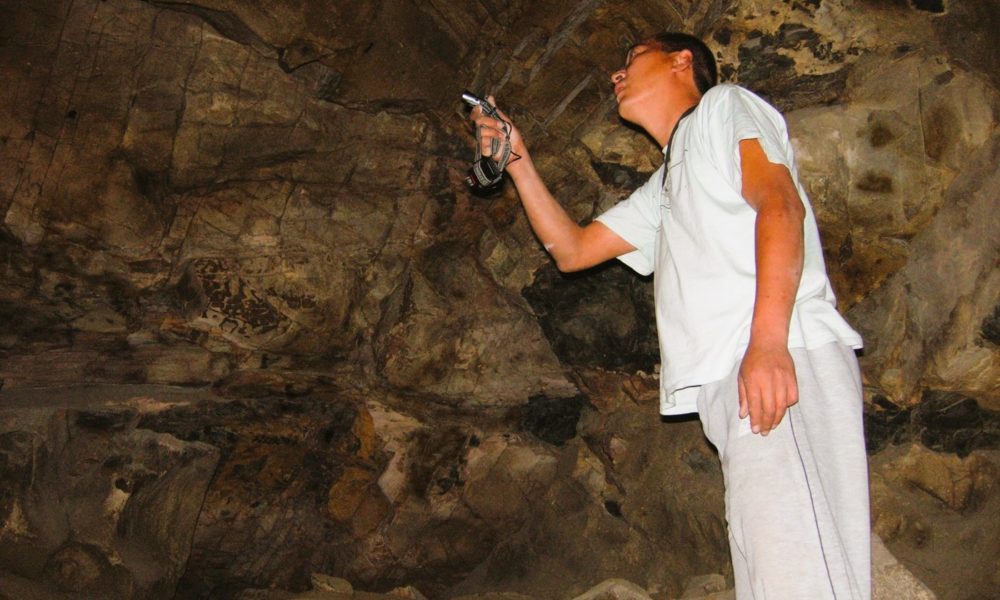
![[021188] Khoid Tsenkher cave](https://bumantourmongolia.com/wp-content/uploads/2024/03/021188-1000x600.jpg)
